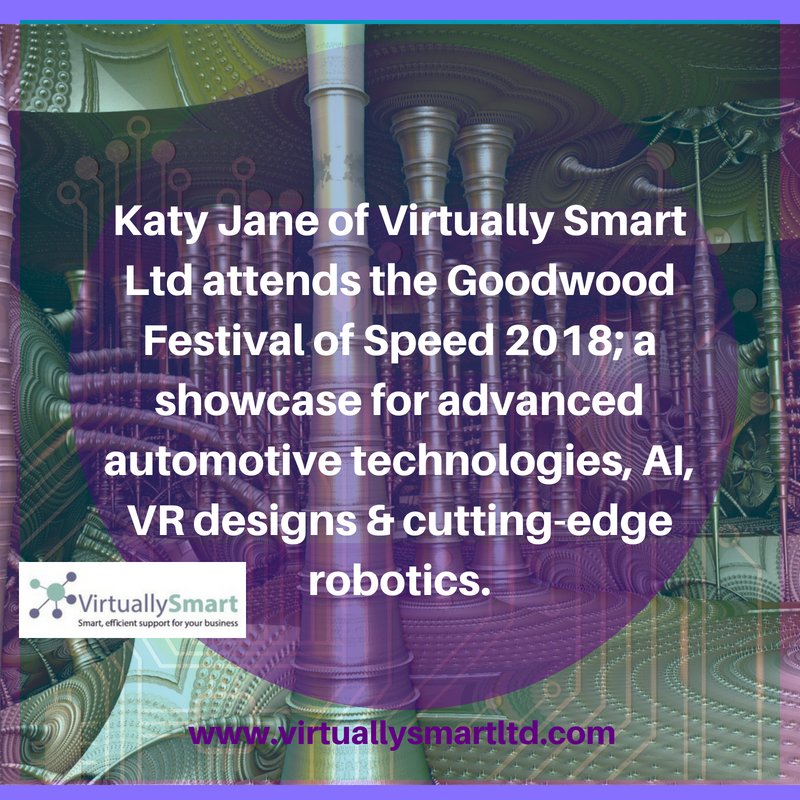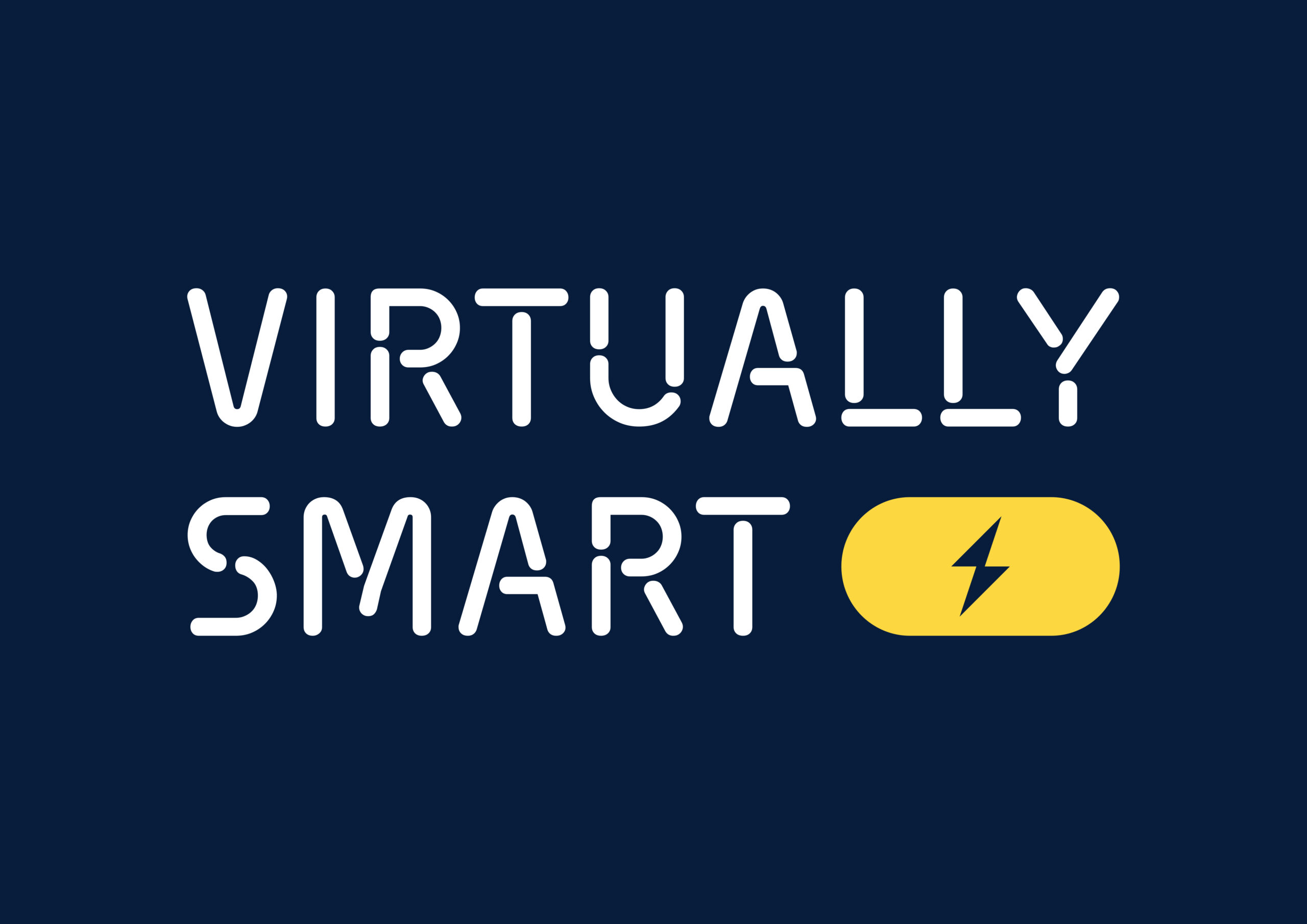Katy Jane attended the Goodwood Festival of Speed this year & uncovered some of the latest advances & innovations in the automotive sector.

Katy Jane attended the Goodwood Festival of Speed this year & uncovered some of the latest advances & innovations in the automotive sector.
“The Goodwood Festival of Speed is an international showcase of all of the very latest models of cars & motorcycles, the very latest technologies in the automotive industry; all jostled alongside the nostalgia of the classic automobiles. Any self-proclaimed petrol-head would attend FOS & walk miles soaking up the atmosphere, hearing the engines roar, the famous faces in the pits & breathe deeply the smell of Castrol R & high octane fuel filling the air. It is a mecca for car & motorcycle enthusiasts worldwide & attracts an international crowd.
This year FOS celebrated it’s 25 Anniversary alongside 70 years of Porsche & the theme ran long & deep into the core of the displays & the overall feel of the event. This year’s vast sculpture outside Goodwood House, was an homage to the lineage of this iconic brand, with cars from yesteryear & modern vehicles hovering hundreds of feet above the crowds heads. From the early days of FOS when in 1993 the Duke of Richmond invited 2000 people to a car show on the Goodwood Estate, it has grown to a 250,000 attendance event.
Amongst the thousands of displays this year, FOS sported the FOS Future Lab. A foreboding black box nestled alongside the Ford & Mini stands, this was a showcase for cutting edges technologies both in the automotive industry & beyond.
The ‘Robocar’ by Roborace, a British startup, was the first display I came across & patrons were being given the opportunity to experience a VR version of what the Robocar would experience going up the famous Goodwood hillclimb. The Robocar is a fully autonomous race car combining 540 kw battery power, powered by 4 motors each capable of 300 kw with a motor torque of 1200 Nm. With a full carbon chassis & multiple sensors/radar receiver’s around the car; it is continually updating the data stream it accumulates whilst driving & adapts to it’s surrounding accordingly. The Roborace team have already raced Robocar in the Formula E series & have high hopes for a future race series where all of the cars are autonomous AI based technologies.
The FOS Future Lab also housed the Siemens stand alongside their 2016 Red Bull F1 car. The Engineer/Senior Sales Manager I spoke to, was a fountain of knowledge about how the Siemens brands is changing the face of the automotive industries. He explored with me the processes & the various teams it takes to make the major components on the cars & specifically explored how VR is now a core element to the design process.
In days gone by if you created a new component for a car, an engineer would either draw the image, or with the introduction of CAD/AutoCAD, design it in 3D digital format. Now Siemens have the capabilities to have entire teams of all varying talents, using VR to design, compose & test components & car parts repeatedly to ensure as many glitches are eradicated & then & only then, actually create the component in whatever material or composite is necessary.
After having an opportunity to speak with the Siemens engineers, I was then drawn to the Yamaha YZF-R1M Motobot 2.0. The Motobot 2.0 upon first glance, looks like a blue humanoid figure from the game Halo. However, under further investigation, you can see how the Motobot 2.0 is connected to the motorcycle. This AI motorcycle rider has been designed by Yamaha to collate data & evaluate how the Motobot 2.0 can learn to ride like a human motorcycle rider. The teams ultimate aim was to beat Valentino Rossi, 9 times MOTOGP champion.
In September 2017, the team managed to get the robot to achieve 200km/h (124 mph) on the race track (Thunderhill Raceway in California’s Sacramento Valley) However, under test, the MOTOBOT 2.0 still fell short of Valentino Rossi’s lap time, by a full 30 seconds.
Brian Foster, robotics engineer and Motobot project lead at SRI International said “Our first big challenge was the balance controller,” says Foster. “Motobot had to be taught how to balance the bike at lean angles from zero to over 50 degrees, at speeds between 5km/h and over 200 km/h. And it had to be able to change bank angles rapidly and precisely. The control algorithms to do this were constantly refined as we got close to our final high-performance version.
“Similarly, the path-following algorithm had to work well at high-speed straights, sweeping turns, hairpin turns, strong acceleration, and strong deceleration. Developing a controller that was adaptive to such a wide range of extreme conditions was a huge challenge.
“From my perspective though, the biggest challenge was identifying performance limits without crashing,” Foster adds. “To improve the algorithms, we had to constantly push it to the limit to see where improvements were needed. If we pushed too hard, we could crash and lose everything. If we didn’t push hard enough, we wouldn’t learn enough, and our progress would be too slow. It was a constant risk balance exercise.” http://www.bbc.com
Yamaha have already superseded the Motobot 2.0 with the release at the Tokyo car show 2017 of the MOTOROiD prototype, a fully autonomous AI powered motorcycle. Yamaha state “Employing artificial intelligence, it is able to recognize the owner’s face and actions, stand up from its kickstand and come to its rider.”
Outside the FOS Future Lab, the technological advances continued. The NIO EP9, which was I have to say one of my favourite finds of FOS 2018, is the worlds fastest all electric car. With a charge time of only 45 minutes, it delivers 1- MW of power, has a top speed of 194 mph & a range of 265 miles. The NIO EP9 designed by a Chinese backed company, makes good use of it’s four high-performance inboard motors and four individual gearboxes & has a 0-124mph in just 7.1 seconds.
The future of autonomous vehicles is already here, with autonomous trucks already being used in delivery routes & autonomous cars already on global streets; the technologies of the future are here & they are changing the face of the automotive industries. FOS explores some of the elite new systems, the future of the electric super car for example, but it is also a showcase for the cars & motorcycles which in some cases are already on our roads & those which are beyond prototype & are now in pre-production.”






